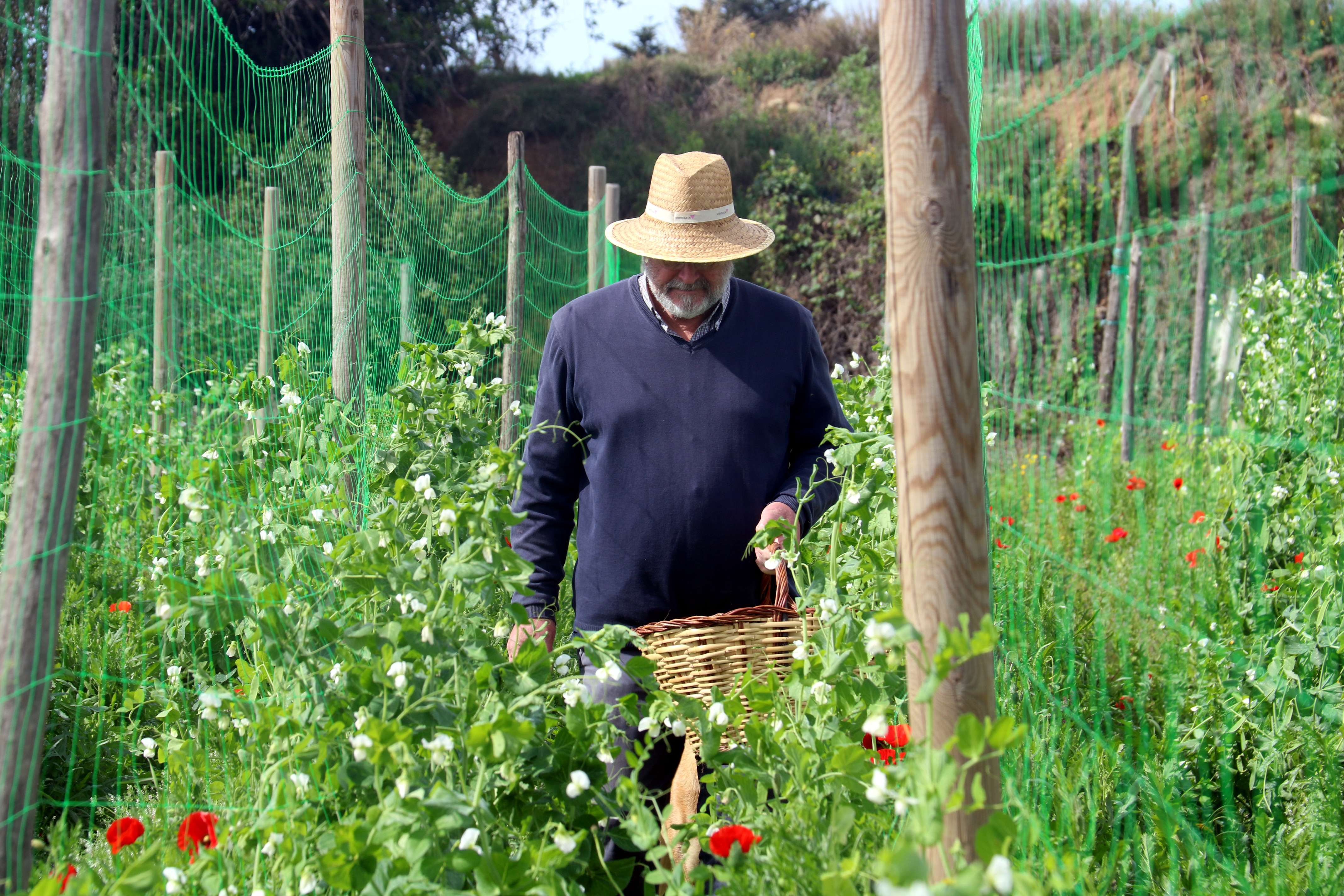Pea harvests down 20% due to high winter temperatures
Quality will be "excellent" despite the circumstances and lower yield

Producers of 'garrofal' peas expect a decrease of 20% for this year's harvest in comparison to last year but with "the same quality as always." The smaller harvest is due to the high temperatures during the winter.
"I don't think we will harvest as much because, although we have been able to irrigate, the peas need cold and rain. We assume that we will have about 80% of last year's harvest," Joan Mora, one of the pea farmers, explains to the Catalan News Agency.
He assures that the quality of the peas will be "excellent," and the weather only impacted the amount of peas that can be harvested. The rainfall in the last few weeks didn't arrive in time for the pea plants to grow bigger and have more flowers.
"We depend on the climate, and we will have to adapt ourselves, like we've always done as farmers," says Mora.
Refusal to increase production
The three pea producers in Sant Andreu de Llavaners, "the Green Pearl" of Catalonia, have already sold their whole harvest.

"We are lucky that everything we harvest is already sold. We have a waiting list and when we harvest, we sell on a first come, first served basis," explains Mora.
Despite the high demand, the producers refuse to increase production because it would affect the quality.
There are five hectares being used for peas, every two years the ground needs to rest for a year, this forces the farmers to "play with the land they have and not make large productions."
Harvesting peas is also "costly" which also adds to the low production of this year. "It costs a lot to grow peas," Mora explains. He also points out that the three producers can harvest around one and a half tons each and three tons maximum on an annual basis.